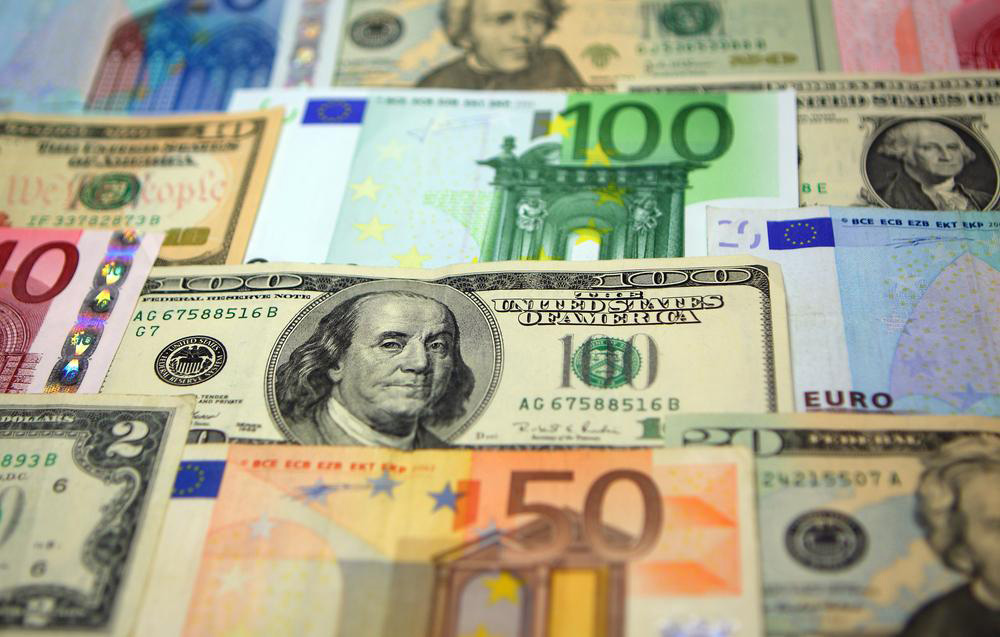A Comprehensive Guide to Currency Exchange Rates: Understanding Causes and Economic Impacts
This comprehensive article explores the multifaceted world of currency exchange rates, delving into the factors that influence their fluctuations and the profound impacts they have on global economies. From interest rates and inflation to political stability and market speculation, understand how these elements drive currency values and affect trade, investment, and economic growth. Whether you're a policymaker, business owner, or individual investor, grasping the dynamics of exchange rates is key to navigating the complex landscape of international finance and ensuring economic resilience.

Exploring Currency Exchange Rates: Key Factors and Global Economic Effects
Currency exchange rates are fundamental to the functioning of the global economy, representing the relative value of one currency against another when exchanged internationally. These rates influence everything from international trade and investment to tourism and monetary policy. Understanding what determines exchange rates and how they impact economic stability is crucial for policymakers, businesses, and individuals alike. This article delves into the core concepts of exchange rates, the factors that drive their fluctuations, and the profound effects they have on national and global economies.
What Are Currency Exchange Rates?
At its core, a currency exchange rate indicates how much one unit of a currency is worth in terms of another currency. These rates facilitate international transactions, allowing goods, services, and capital to move seamlessly across borders. Exchange rates can be set in two primary ways:
Fixed Exchange Rates – where a country’s government or central bank pegs its currency to another major currency or a basket of currencies at a predetermined rate, maintaining stability through interventions.
Floating Exchange Rates – where market forces of supply and demand determine the currency value without direct government intervention, leading to more volatility but potentially reflecting true economic conditions.
Key Factors That Influence Exchange Rate Fluctuations
Multiple interconnected elements can cause short-term and long-term variations in currency values. Understanding these factors helps explain why exchange rates are anything but static:
Interest Rates – Higher interest rates in a country tend to attract foreign investors seeking better returns, increasing demand for that country's currency and often leading to appreciation.
Inflation Rates – Countries with relatively low inflation rates experience currency appreciation as their purchasing power remains stable, whereas high inflation erodes currency value, leading to depreciation.
Government Debt and Fiscal Policy – Elevated levels of public debt can lead to concerns about a country's fiscal health, causing investors to shy away and reducing currency value.
Political Stability and Economic Performance – Stable governments and robust economic growth attract foreign investment, strengthening the national currency. Conversely, political turmoil or economic instability can cause declines in currency value.
Trade Balance – A nation that exports more than it imports will generally see its currency appreciate due to increased foreign demand, while persistent trade deficits tend to weaken the currency.
Market Speculation – Expectations of future currency movements can lead traders to buy or sell large quantities of currency, causing significant short-term fluctuations.
Global Economic Events and Safe-Haven Currencies – During times of global uncertainty, investors typically flock to currencies considered safe havens, such as the US dollar, euro, Japanese yen, and Swiss franc, which can impact their exchange rates.
How Exchange Rates Affect the Economy
The influence of exchange rates extends across various sectors, impacting everyday life and the broader economic landscape. Notably, they affect import and export prices, inflation rates, employment levels, and overall economic growth. For example, a depreciating currency can make exports cheaper and more competitive internationally, boosting economic growth and employment in export-driven sectors. Conversely, a strong currency can reduce the cost of imports, lowering inflation but potentially hurting exporters by making their goods less competitive abroad.
In addition to trade, exchange rates influence tourism, foreign investment, and monetary policy decisions. For consumers, a weak domestic currency means higher prices for imported goods and travel expenses, while a strong currency benefits travelers by making foreign destinations cheaper. For exporters, currency depreciation can enhance profitability and expansion opportunities, whereas currency appreciation might pose challenges.
In summary, fluctuations in exchange rates are an intrinsic part of the global financial system. They can create winners and losers depending on the economic context and the industries involved. Policymakers often monitor exchange rates carefully, implementing interventions or policies to stabilize currency movements and foster economic stability. Recognizing the dynamic and interconnected nature of currency exchange rates is essential for understanding their role in shaping the global economic environment.




